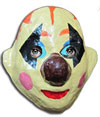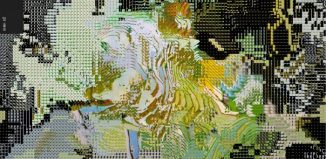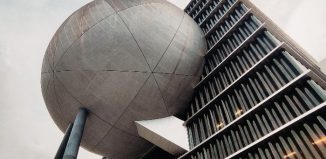KVT – Quê nhà của Tuấn Anh

Xin lỗi, hiện bài này mới chỉ có bản tiếng Anh.
Hanoigrapevine cảm ơn các bạn.
![]()
| Kiếm văn Tìm là một người hay quan sát cuộc sống nói chung và những sự kiện về văn hóa tại Hà Nội nói riêng và chia sẻ những chính kiến của mình trên Grapevine. KVT nhấn mạnh rẵng những quan sát và quan điểm cá nhân không phải là ý kiến quan trọng. Xem Hướng dẫn bình luận và hãy chia sẻ các suy nghĩ của bạn vào phần bình luận dưới đây. |













